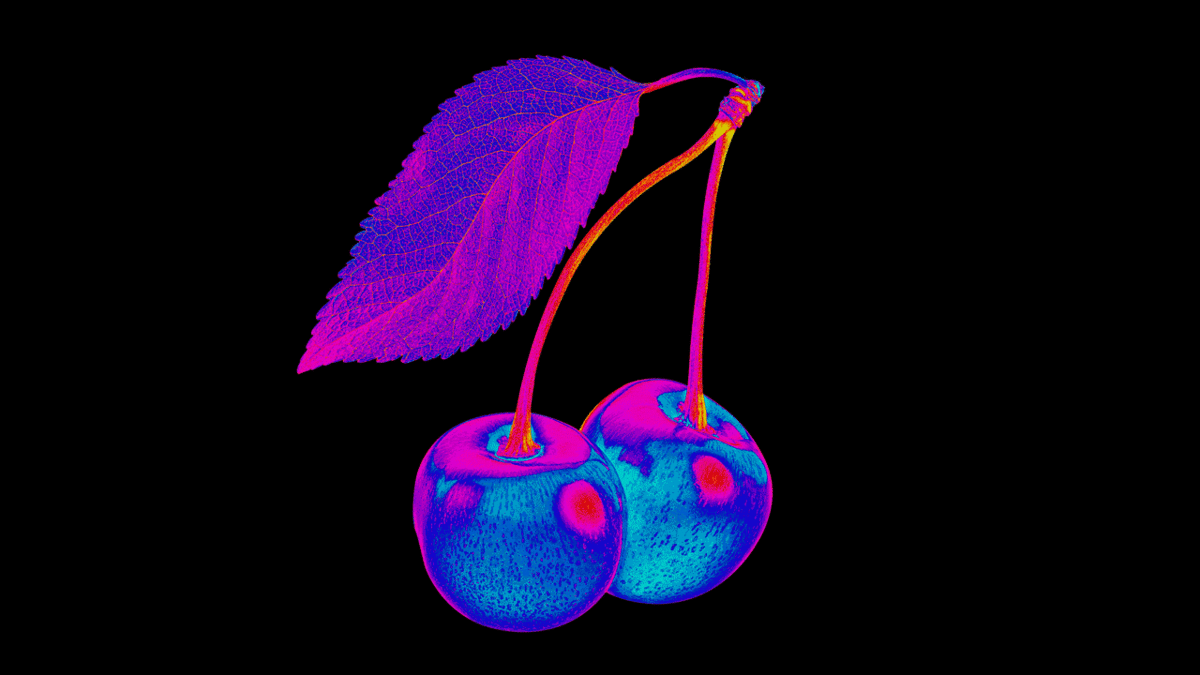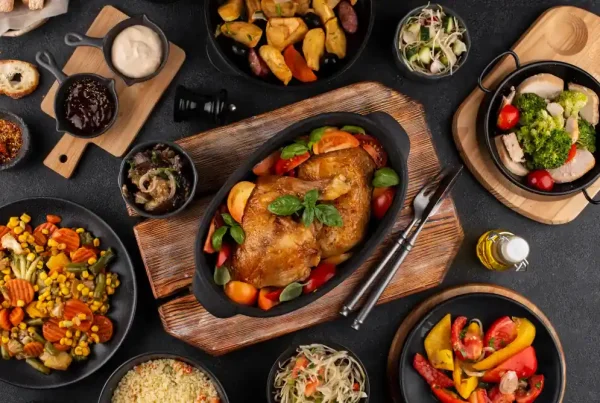Gif: Natalie Peeples
I avoided eating cherries for a long time, mostly because of childhood trauma associated with cough medicine. It did not taste good. Neither did cherry cough drops or cherry Jolly Ranchers or Cherry Coke or cherry Fruit Roll Ups or cherry pie filling from a can. Then I ate a real cherry. It was a revelation. And then it made me bitter. I had been deprived of this wonderful fruit for years and years because I had been lied to by the flavoring people. (Well, and also betrayed by my own stubbornness and prejudice, but whatever.)
Now that I work at The Takeout, I am in a position to demand answers about why things don’t taste the way they should. I called up Susie Bautista, a flavor scientist who lives in Washington State and writes a blog about food flavoring. She told me that food flavors develop in two ways. The first is when someone develops a chemical compound and thinks, “Gee, this tastes like cherry.” The second, more common method, is that a chemist creates a profile of a fruit and reverse-engineers a flavor based on that data. “It’s not 100% accurate,” she told me. “But you can get a good starting point.”
Interestingly, the European interpretation of cherry flavor is different than the American one. The American perception of cherry, Bautista says, is more like bitter almond. In Europe, “cherry” is fruitier and less harsh. Bautista says it tastes sort of like Maalox.
Flavor scientists have the power to mix different chemicals to change the flavors a bit, but Bautista says they’re mostly at the mercy of food companies who know what they want the final product to taste like.
Bautista directed me to the work of Nadia Berenstein, a food historian who wrote her Ph.D. dissertation on the origins of artificial flavoring. In an interview on NPR’s Science Friday, Berenstein explained that when scientists were first working on artificial flavors back in the mid-19th century, they relied on the more intuitive approach Bautista described. Berenstein calls these artificial flavors “heirloom” flavors because they’re based on the fruits those scientists knew. “Grape” for instance, comes from the Concord grape, while “banana” is based on the Gros Michel banana, which was nearly wiped out in the 1950s and replaced by the Cavendish. (Weirdly enough, banana flavor was developed before bananas themselves became widespread in the U.S., so many Americans in the mid-19th century tasted banana flavoring before they tasted an actual banana.) As for why cherry tastes like bitter almond:
Benzaldehyde, which is one of the compounds that is used in these heirloom cherry flavors, is the same compound that you find in essential oil of bitter almonds. And the reason for that, I think, is that in the late 19th-century cherry flavor was more often associated with wild cherries and with cherry liqueurs, like maraschino liqueur, which had more of that pit flavor.
You find the benzaldehyde molecule, actually, in cherry pits and stems.
I am very relieved now to know that I am not crazy and that artificial fruit flavorings are actually lies.
Source: Why doesn’t cherry flavoring taste like actual cherries?













